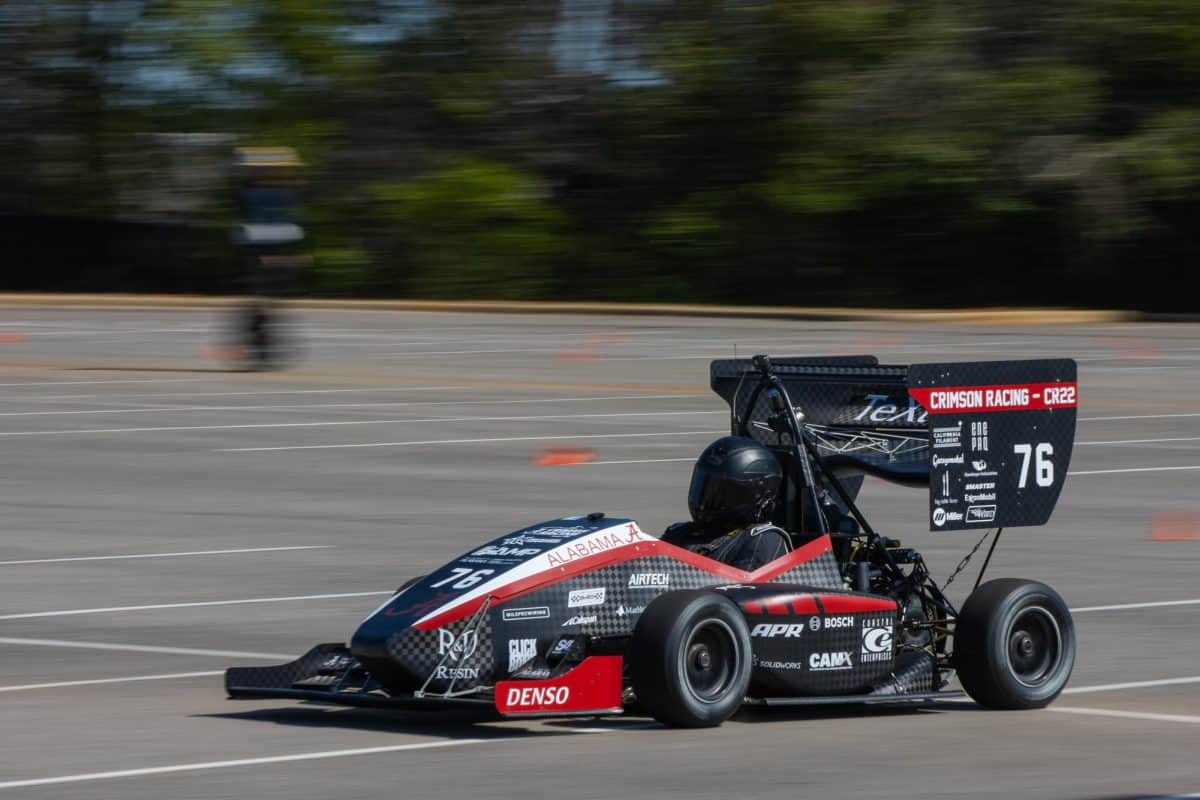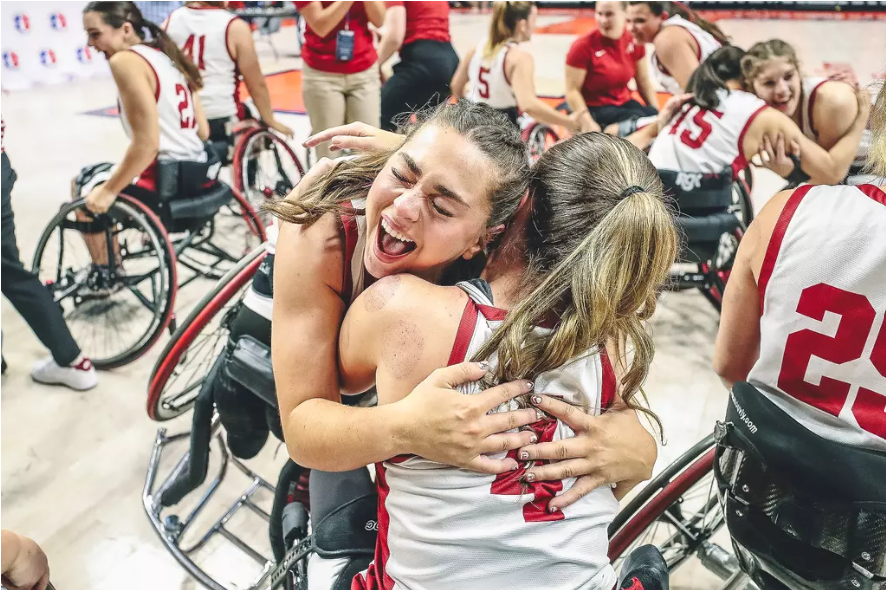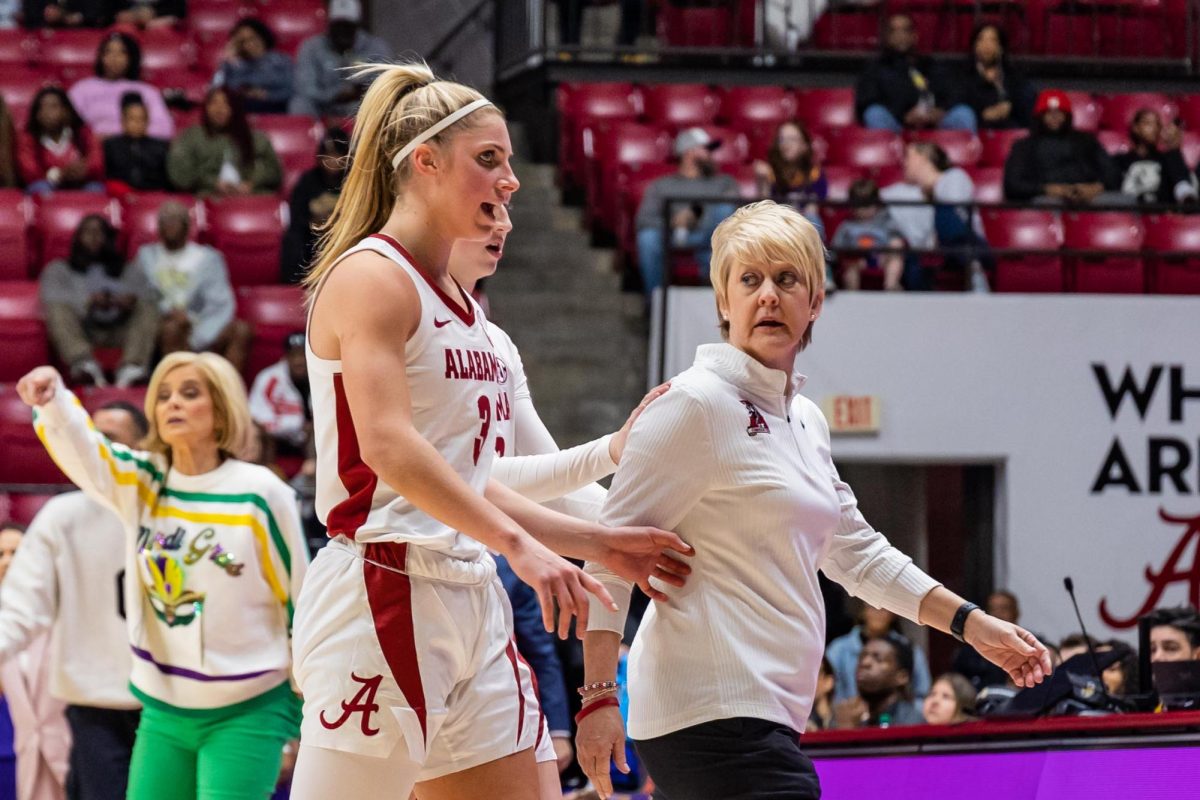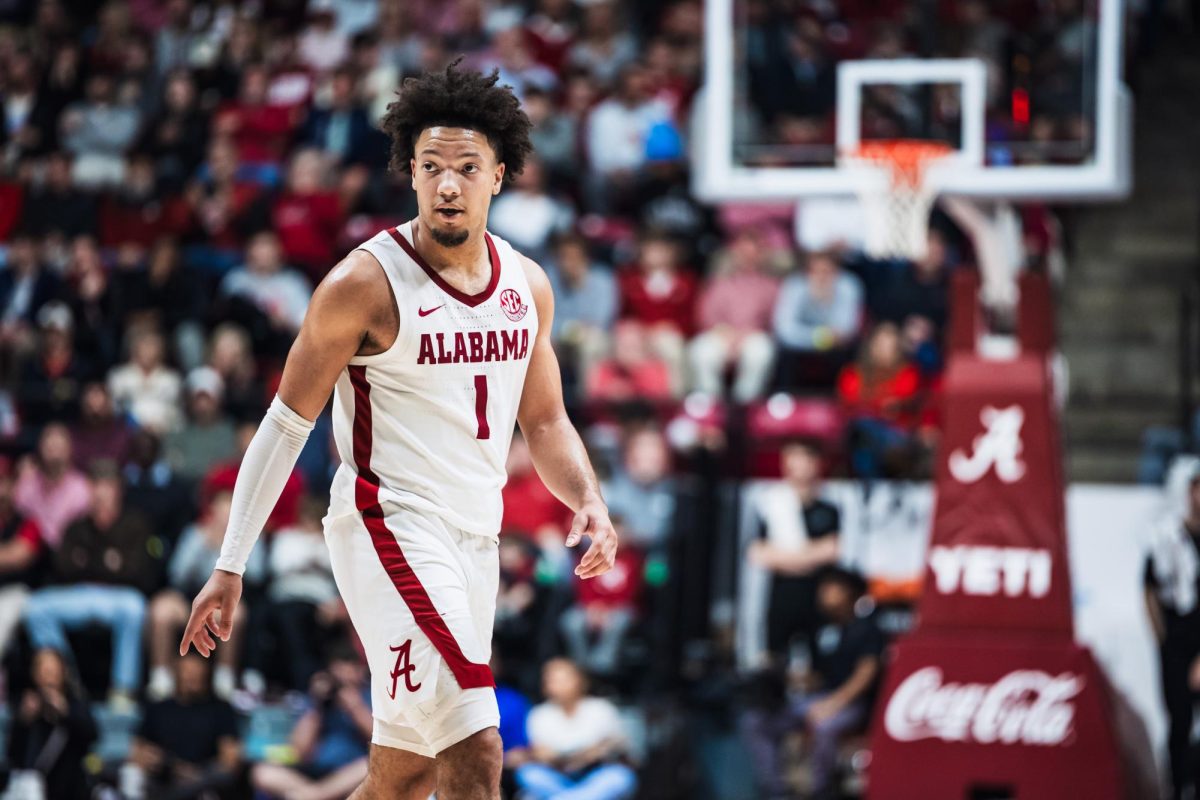Editor’s note: Assistant photo editor Riley Thompson is the communications lead for Crimson Racing.
In the beginning of his time at The University of Alabama, in Lakeside Dining Hall, Jack Orear was introduced to Crimson Racing. Now a senior, Orear serves as the team manager and works alongside other students to compete against other universities in Formula SAE competition.
“Our main goal is to develop future engineers and automotive professionals,” Orear said.
Formula SAE is a student competition that challenges teams to design, build and compete in small, single-seat, open-wheel vehicles. The competition includes several events over the course of the academic year and has expanded in the last few years to include electric vehicles in addition to those with internal combustion engines.
As the automotive industry shifts toward environmental consciousness, the Crimson Racing electric vehicle program is dedicated to helping young engineers learn about battery technology and safety systems.
Christopher Rodriguez, lead engineer for the Crimson Racing electric vehicle program, founded the program alongside fellow student Hunter Melahn. Together, through designs, simulations and plenty of calculations, the duo turned an idea into a tangible product.
The team will be sourcing battery cells to create its own battery packs. Members will find what cells and how many are needed, calculate their efficiency, and learn how it interacts with the other parts of the car.
The EV program’s current goal is to create a competitive and safe car but, most importantly, give hands-on experience to the younger team members.
“The hardest thing for me was definitely organizing myself so I can learn all the things I need to learn, and then getting organized with all of that information and giving it to the younger members,” Rodriguez said. “You’re essentially starting with a blank sheet of paper.”
CC LeBlanc, assistant lead for EV power systems, said electric vehicles are not inherently better for the environment than internal combustion engines. It is true that electric vehicles produce less emissions than traditional vehicles, she said, but the degradation and improper use of the batteries can have an adverse effect on the environment.
Crimson Racing ensures that every one of its members has access to the proper training to safely and correctly handle them.
In 2021, the National Transportation Safety Board released a report about the safety risks for emergency responders from battery fires of electric vehicles. According to the report, electric vehicle battery fires are incredibly difficult to suppress, and often there is not enough information on what to do if one occurs. Also, the report stated that these fires could result in the release of toxic chemicals or gases, which could threaten occupants of the vehicles and first responders.
It is impossible to stop a battery from degrading, but proper practices and safety measures can prolong the lifespan. Electric battery fires tend to last longer than those from internal combustion engines, and they are much more difficult to extinguish.
“This is why it’s important for Crimson Racing to instruct newer members about battery safety and ensure our battery cells are properly stored and taken care of,” LeBlanc said. “The consequences can be fatal if safety measures aren’t followed.”
After becoming lead EV engineer, Rodriguez completed a co-op position at the Mercedes battery plant. There he received high-voltage safety training, a skill he has since brought back to his team.
Outside of competition, the team spends hours together working on improving the car. What started as a group of acquaintances, turned to colleagues and now friends who work together towards a common goal.
“They’re the best group of people I have ever gotten to know,” Orear said.









